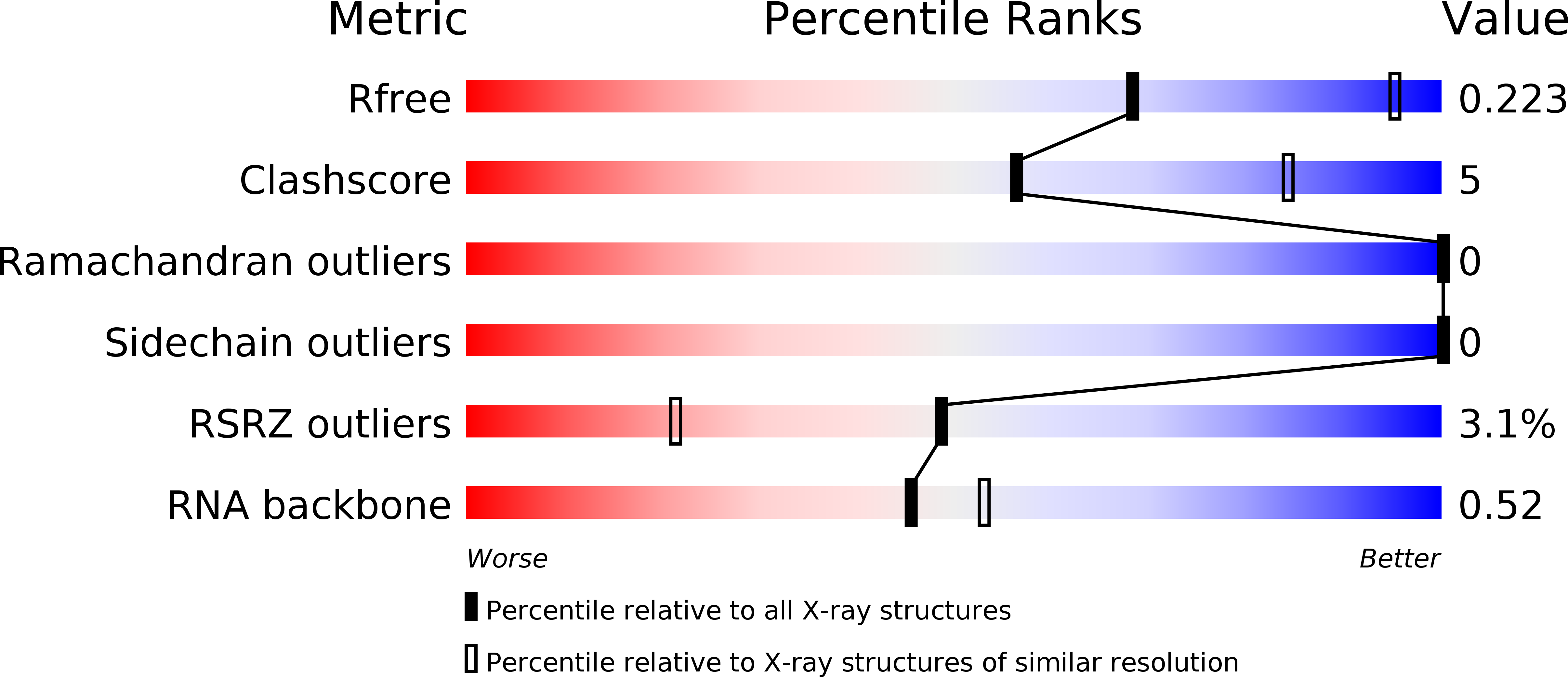
Deposition Date
2015-08-25
Release Date
2015-09-23
Last Version Date
2024-03-06
Entry Detail
PDB ID:
5DE5
Keywords:
Title:
Crystal structure of the complex between human FMRP RGG motif and G-quadruplex RNA.
Biological Source:
Source Organism:
synthetic construct (Taxon ID: 32630)
Homo sapiens (Taxon ID: 9606)
Homo sapiens (Taxon ID: 9606)
Method Details:
Experimental Method:
Resolution:
3.00 Å
R-Value Free:
0.22
R-Value Work:
0.19
R-Value Observed:
0.19
Space Group:
P 21 21 2


